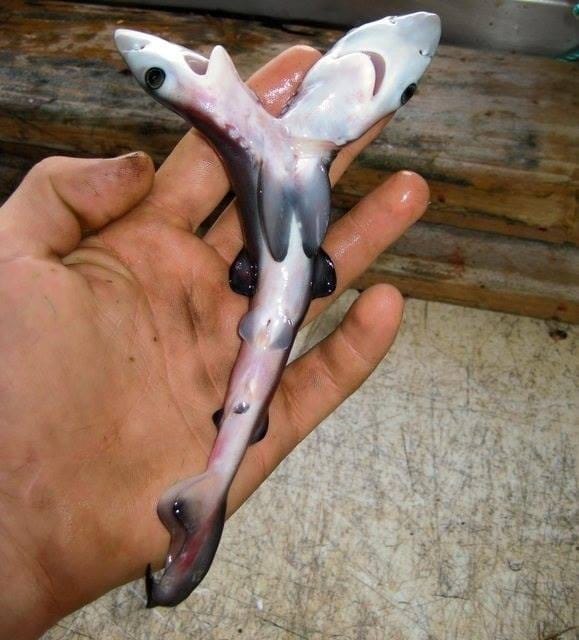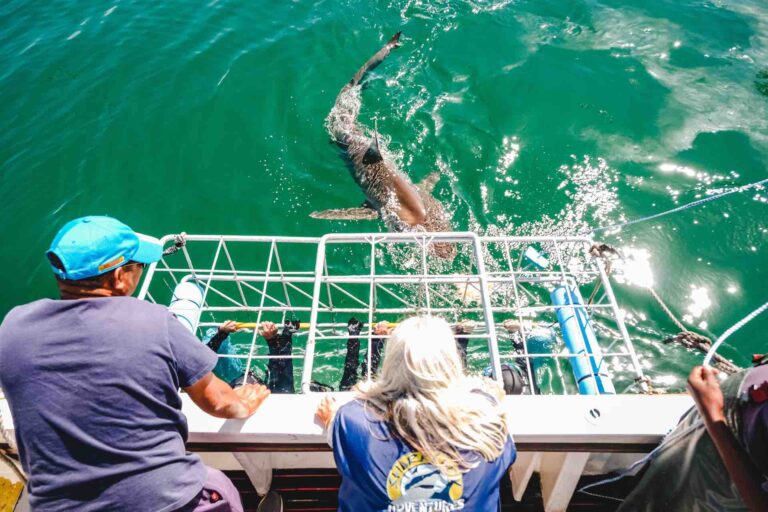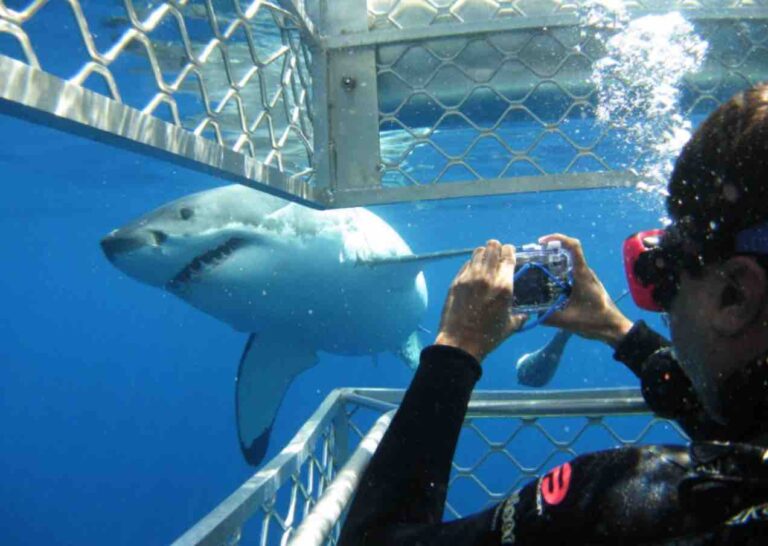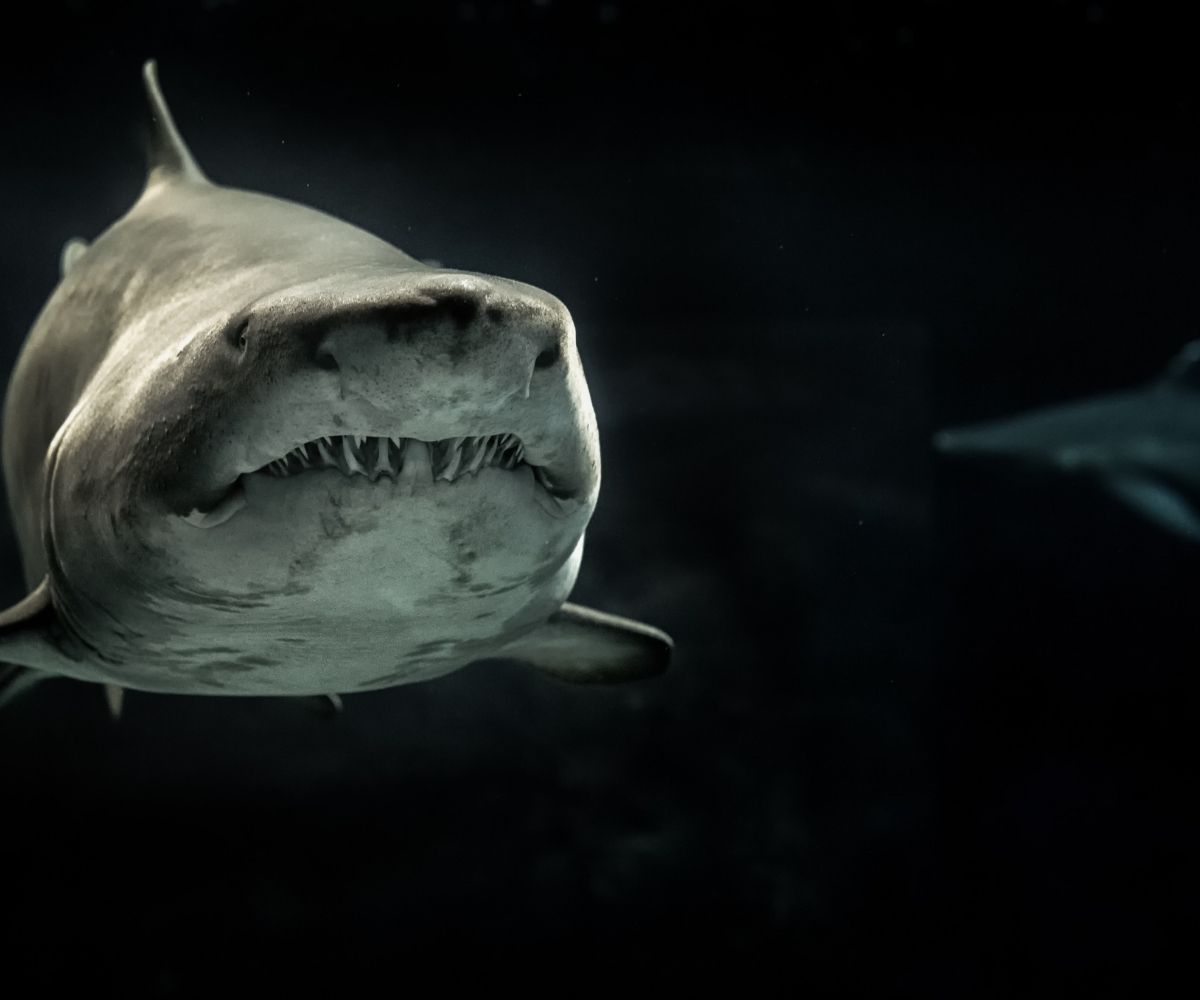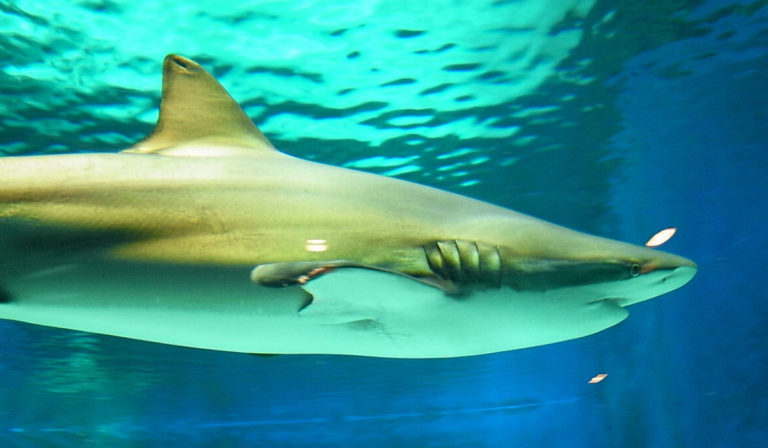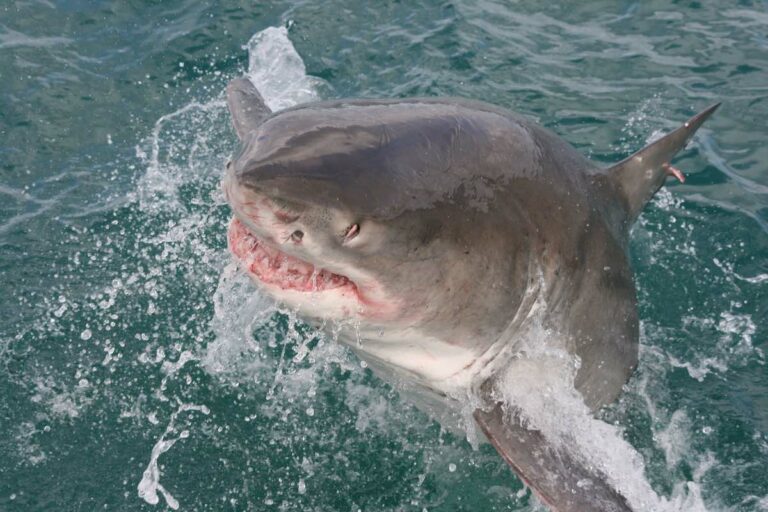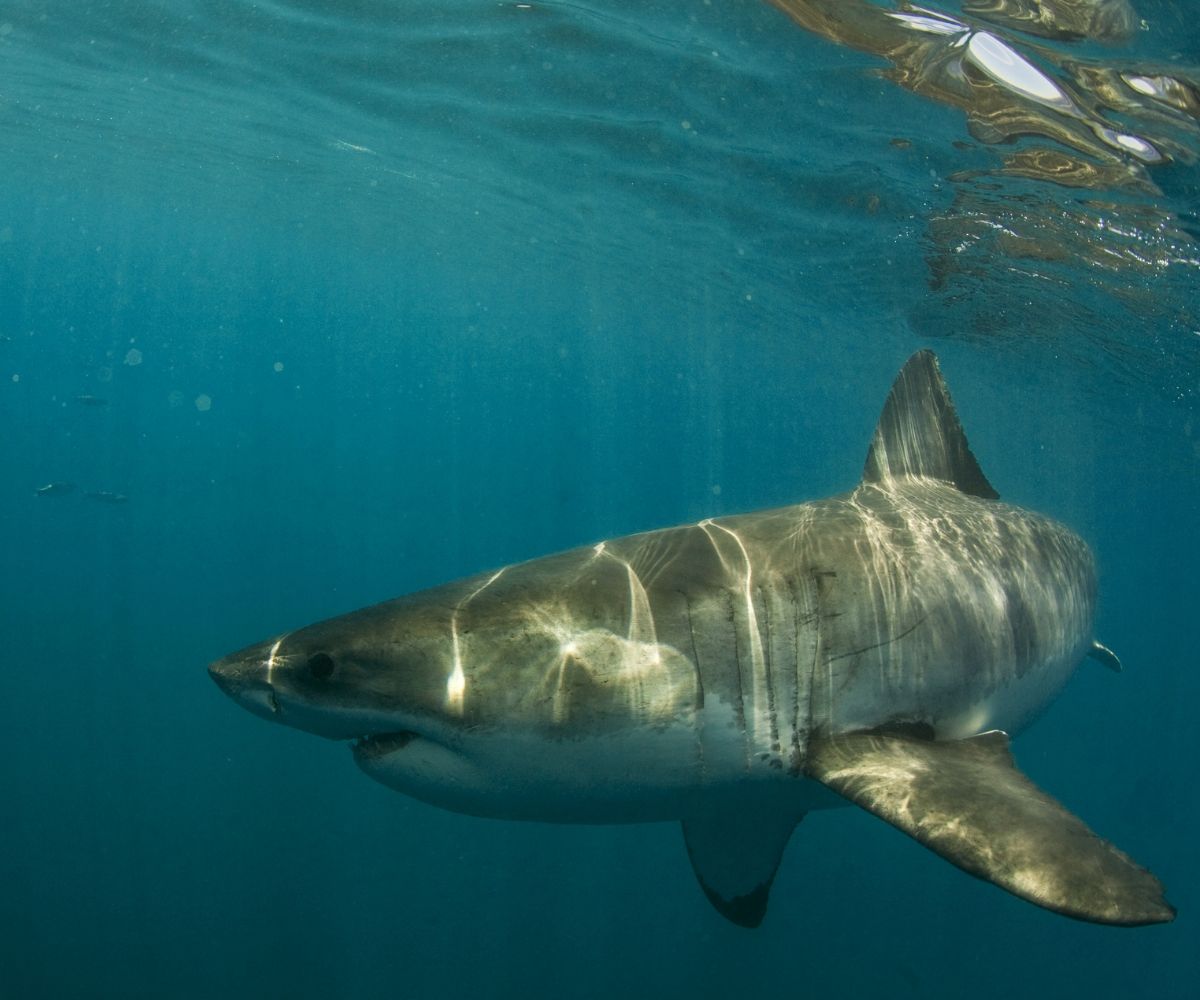Siamese twins in sharks – RARE occurrence
Sometimes nature delivers something quite spectacular…
Conjoined twins occur when two embryos fail to separate completely during development, resulting in two sharks that are physically connected to each other. This can happen in any species of shark, but it is most commonly seen in species that give birth to live young, such as the bull shark and the blue shark.
Conjoined twins in sharks can have a range of physical abnormalities, depending on where they are connected. In some cases, the twins may share a single body with two heads, while in others, they may have separate bodies but share a common tail or other body part.
Conjoined twins in sharks face many challenges, including difficulty swimming and hunting for food. They are also more vulnerable to predators, as they are less agile and may have trouble escaping from danger.
Despite these challenges, some conjoined twins in sharks have been known to survive for several years. In one case, a pair of conjoined blue sharks were caught off the coast of Mexico and lived for several years in captivity before eventually dying of natural causes.
While conjoined twins in sharks are rare, they are a fascinating example of the diversity of life in the ocean. As we continue to study these incredible creatures, we can gain a greater understanding of the complex and interconnected nature of the natural world.
